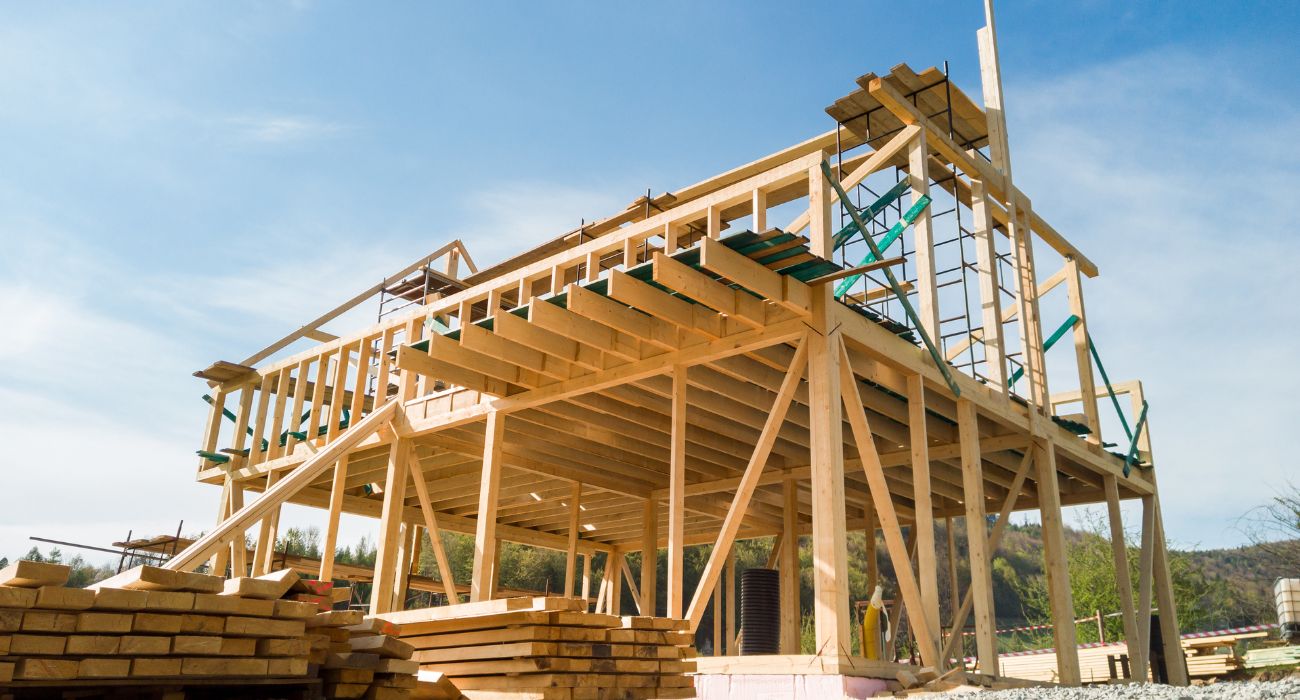To establish a legal building site in Dallas, developers must undergo a complicated process that often results in extended permit wait times.
The City of Dallas’ Development Services Department (DSD) detailed the legal process to create a building site, including plat regulations, thoroughfare plans, and setback impacts, during a recent Lunch and Learn training session.
Tenisha Lester, chief planner for the City of Dallas, and Brian Thompson, an assistant director in the City’s Building Services Department, chaired the session.
According to Thompson, the first step in establishing a legal building site is to undergo the platting process, which is required — pursuant to Section 51A-4.601 of the Dallas Development Code — before a building official can issue a permit or a certificate of occupancy.
Dallas defines a plat as the graphic presentation of one or more lots or tracts of land.
There are two types of plats: minor plats and major plats. A minor plat constitutes an area of 5 acres or less for residential districts or 3 acres or less for all other zoning districts. Minor plats require no new public infrastructure such as streets, water, wastewater, paving, or drainage improvements. Major plats comprise larger areas that necessitate some kind of infrastructural improvement.
There are two steps to the platting process (preliminary approval and final approval) and several ways to establish a legal building site. With some exceptions and conditions, an existing lot or parcel may be considered a legal building site if building permits for structures located on the property were issued before August 1, 1984.
It is important to note that in most instances, a plat is not synonymous with a “tax plat,” which is created by a deed for the purposes of ownership and tax appraisal of a lot.
To determine if and when a plot of land was previously permitted for construction, City planners must search Dallas’ historical archives, which can often take a great deal of time.
Depending on the building site’s scope, location, and history, the research “may impact the permit approval process,” Lester explained.
As previously reported by The Dallas Express, Dallas has long suffered from periodic permitting delays under City Manager T.C. Broadnax. A City task force recently credited such delays with contributing to Dallas’ serious homelessness and vagrancy problem.
“By platting that property, the City can say, hey, you need upgrades, this meter is old, that water line is old. We keep track of all of that. So, to get a permit, we require you to prove this. And to prove this, we keep this in our records,” she said.
If infrastructure records are lost or unavailable, Lester says research can be “hectic,” often taking “weeks or months depending [on] how far back the City has to go to find it.” She noted that the time taken to conduct the research can ultimately lead to delayed development timelines and long permit cycles.
If the infrastructure record cannot be located, Lester said DSD will work directly with the applicant until a solution is found.
“At that point, when we don’t find anything, we don’t want to tell you that it wasn’t a legal building site or something like that. We want to make sure that we’ve exhausted our resources. So, don’t get discouraged. Know that we will work with you,” stressed Lester.
If the infrastructure record is found and the applicant’s prerequisite requirements for both preliminary and final plat approval are completed, they can submit the final plat for recording.
At the time of submission, the applicant must pay a filing fee, which can vary depending on the project’s scope and the municipality in which it will be built. The fee schedule for Dallas County can be viewed here. If the plat meets all requirements for recording, the chairman and secretary of the Plan Commission sign off on the final plat.
Once the final plat is signed, it becomes the responsibility of the owner/applicant to pick up the signed document and take it to the appropriate city, obtain the necessary tax certificates, file the plat with the county clerk, and return 18 stamped copies, one of which must have an original signature.
According to Thompson, a building site is only considered to be legally established once the aforementioned tasks have been completed.






